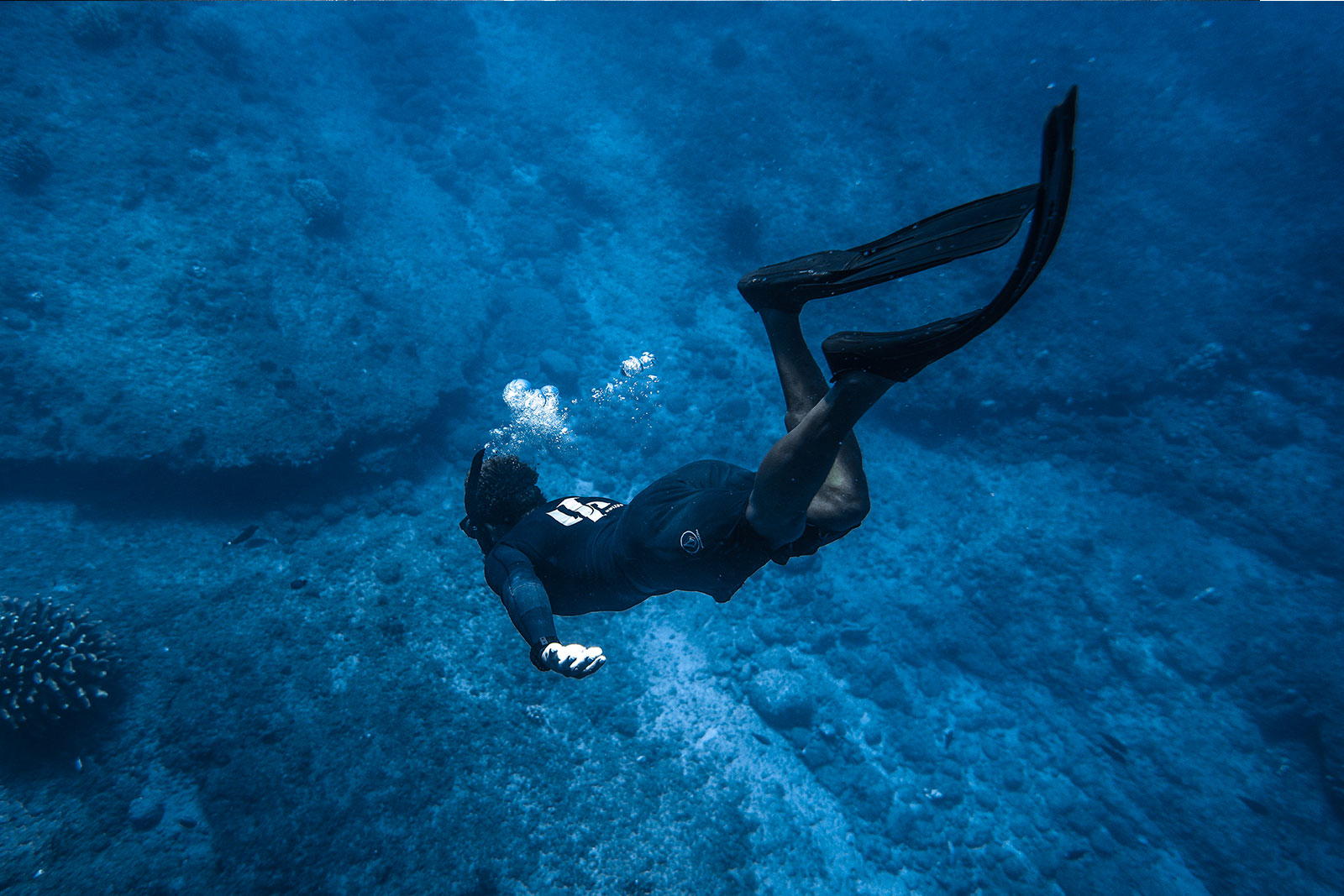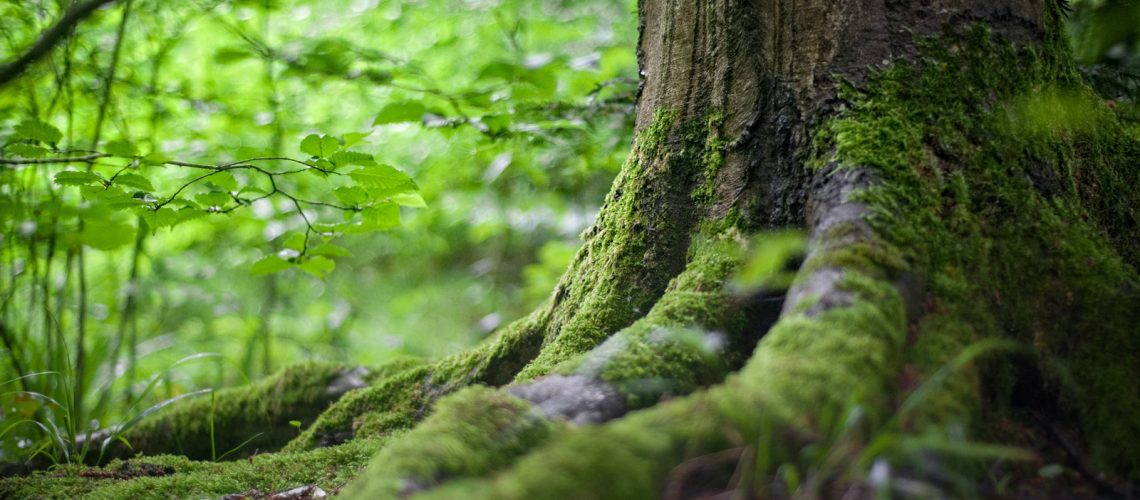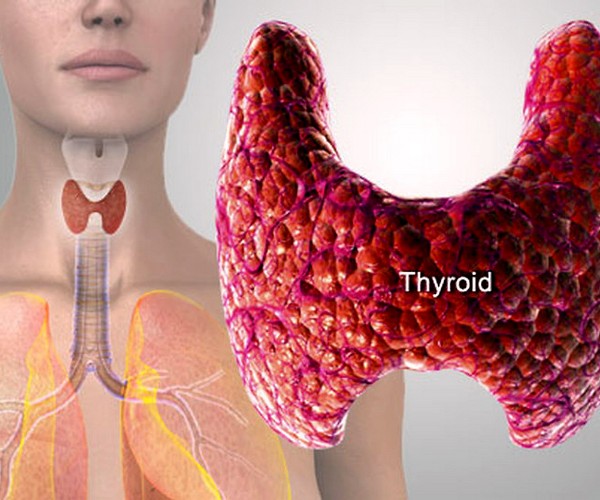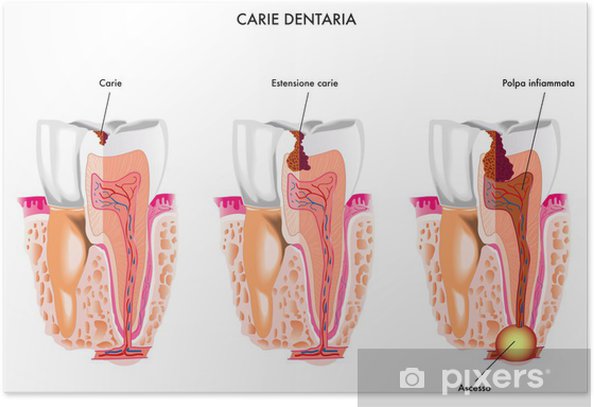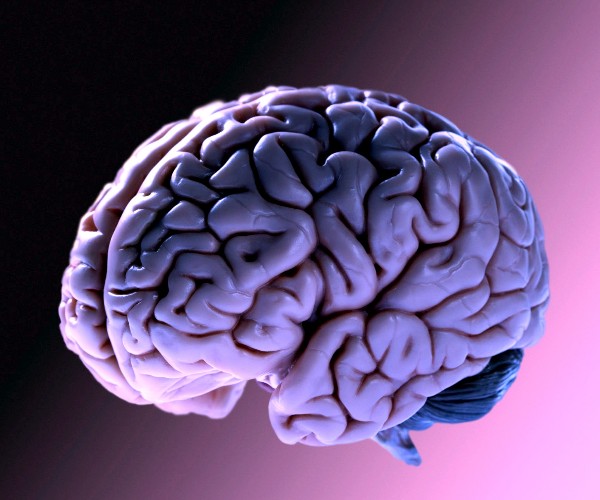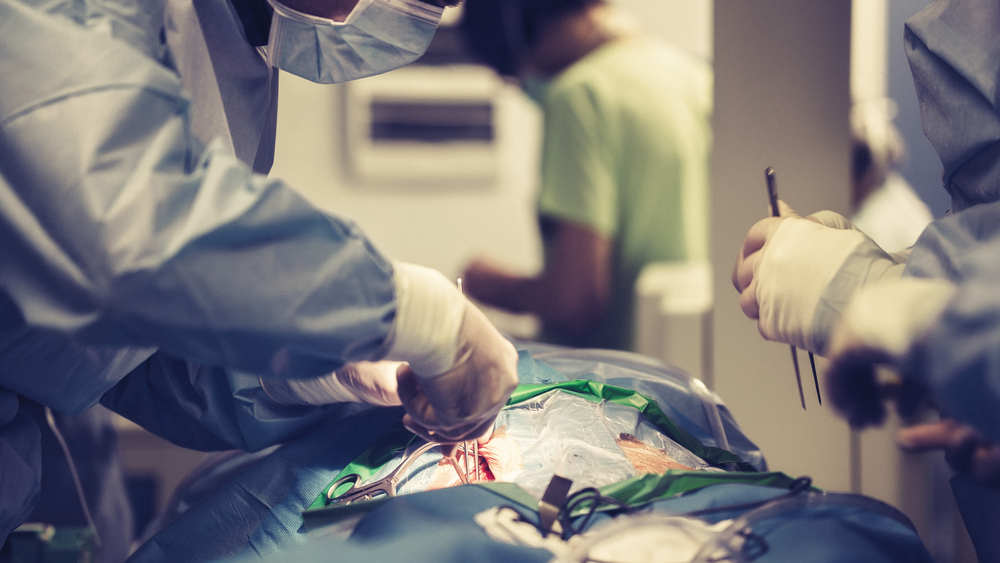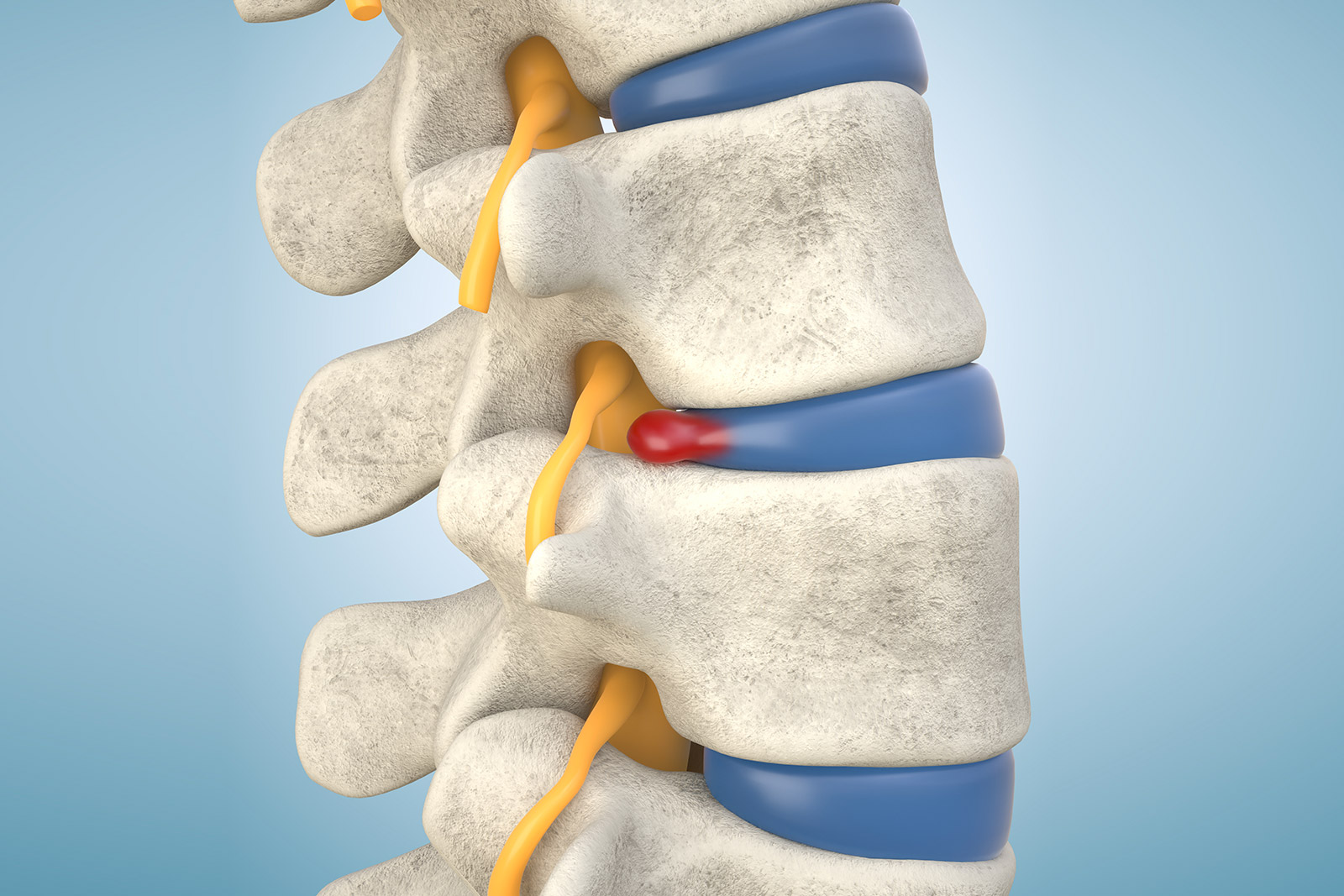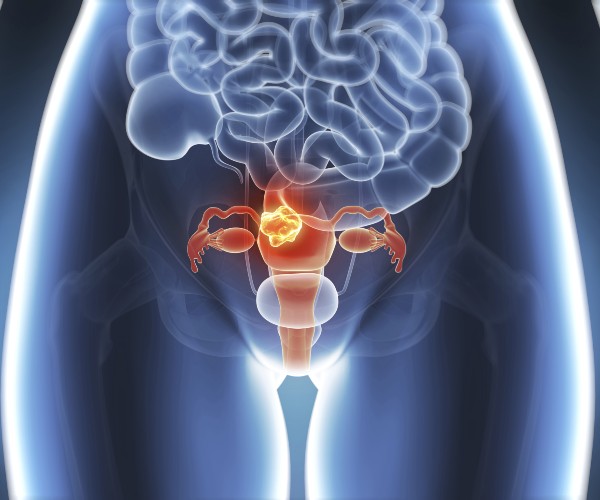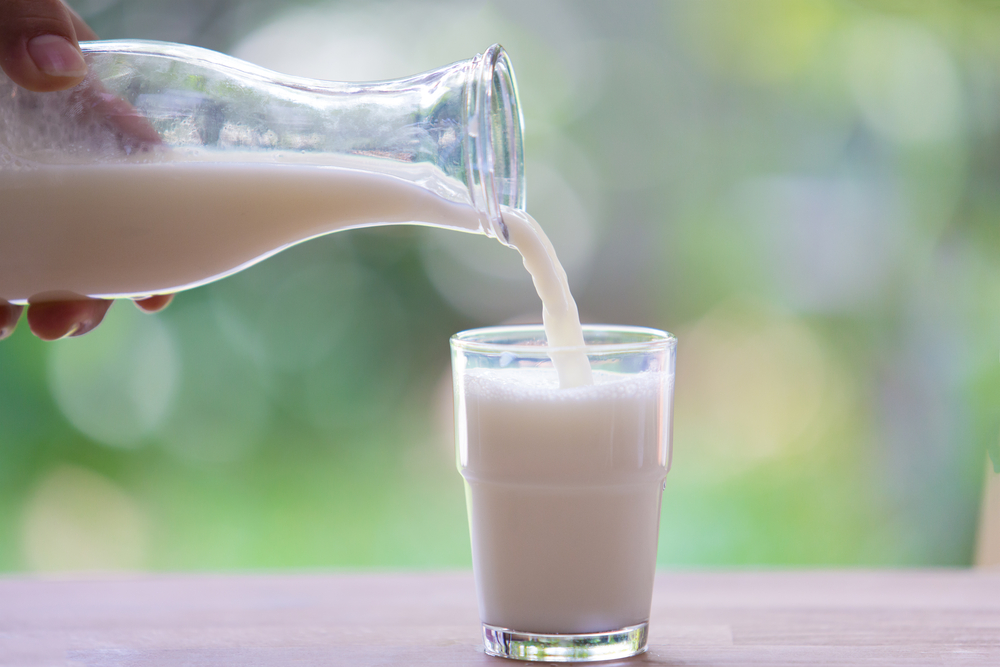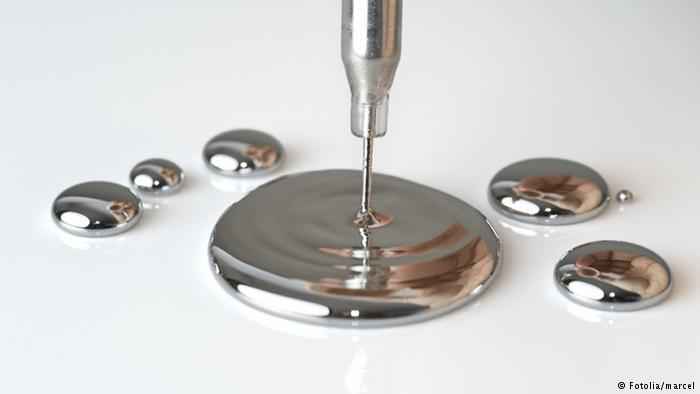Botany (from the Greek “botane” = “herb” and then “plant”) is the science that embraces the study and knowledge of plants, i.e., those organized, living bodies that produce their nourishment autonomously through chlorophyll photosynthesis, exploiting sunlight and water and emitting oxygen as a waste product of metabolism.
Plants, like animals, are also made up of associations of
cells
, manifesting a specificity of cell groups (
tissues
) that becomes increasingly refined as one climbs the botanical ladder. In turn, tissues develop into organs, each of which has its own form and is adapted to particular functions.
The organs are the root, stem and leaves, which together constitute the
vegetative system
of plants.
The stem bears flowers, which, when fertilized, give rise to fruits containing seeds: this is the
reproductive system
of plants.
The vegetative part (or “vegetative body“) of plants can be represented by two different degrees of organization: the thallus, which is a vegetative body having a very simple structure, never differentiated into roots-stem-leaves, typical of the seaweed (which are in modern classification the only tallophytes, i.e., “plants with thallus”), but also of unicellular photosynthetic organisms and fungi, which, however, are nowadays classified into two kingdoms different from the plant kingdom, and thus should no longer be considered “plants.”
The corm , on the other hand, is a clearly differentiated vegetative body in which the three basic morphological parts can be distinguished: the root, stem and leaves. They are called cormophytes plants with a corm; such are bryophytes (e.g., mosses), the pteridophytes (including ferns), the gymnosperms (pines, firs, cypresses…) and the angiosperms, or the vast majority of plant species currently on our planet, bearing flowers that will bear fruit.
And it is precisely the reproductive function of plants that comes to our rescue to help us classify plants: algae, mosses and ferns are collectively called cryptogams, that is, plants “at a hidden wedding” in that they never show flowers or seeds, relying only on spores for their propagation, hence the alternative term of sporophytes.
Gymnosperms and angiosperms, on the other hand, constitute the so-called seagrasses (Plants “at an obvious wedding“): these revolutionized the plant world by introducing the novelty of the seed (absent in sporophytes), consisting of an embryo bearing radicle, stem, and leaflets (a miniature seedling) with attached nutrient reservoirs, all enclosed within the envelopes of an ovule. The seed may be “naked,” like the pine nuts in gymnosperms, or enclosed in an ovary that will bear fruit, as in angiosperms.
Plants express all their innate elegance with a wide range of “bearing,” which can be traced to three main categories: the grassy growth, characteristic of plants with a short life cycle; the shrub represented by the plant species with woody stem branched from the base; the arboreal bearing Typical of tall-trunked species with high branching.







Finally, of considerable interest are those species, so-called medicinal plants, capable of synthesizing within certain tissues substances that can be used for therapeutic purposes, as well as those capable of providing resistant plant fiber to be transformed into tissue.
Man has been able to identify the peculiarities of each known species, exploiting its healing qualities in some cases and its nutritional, ornamental or textile qualities in others.








